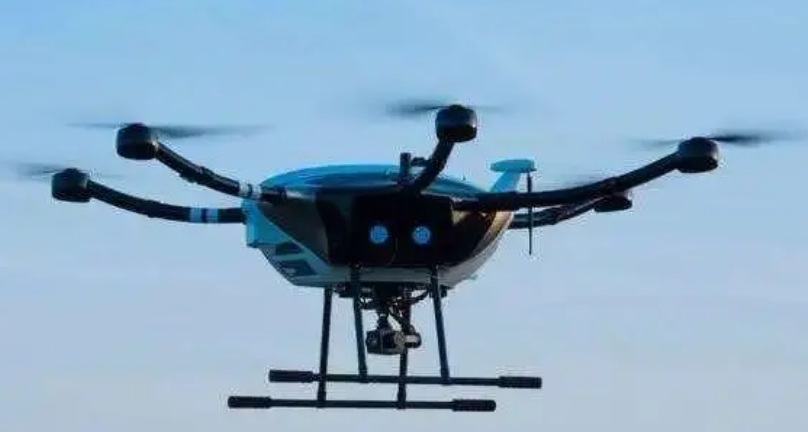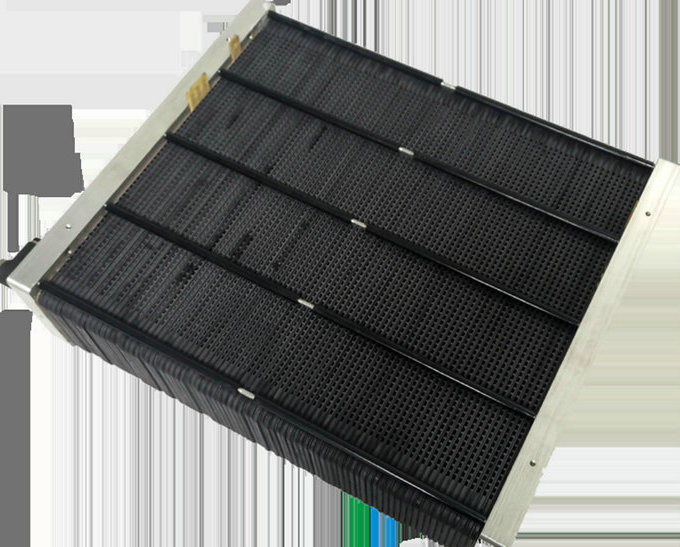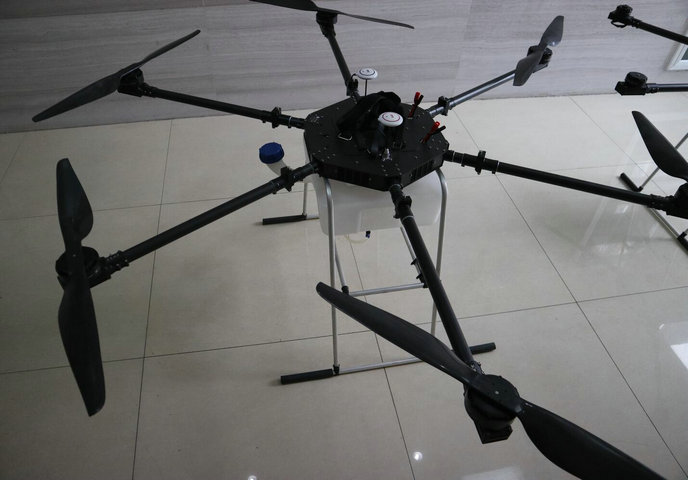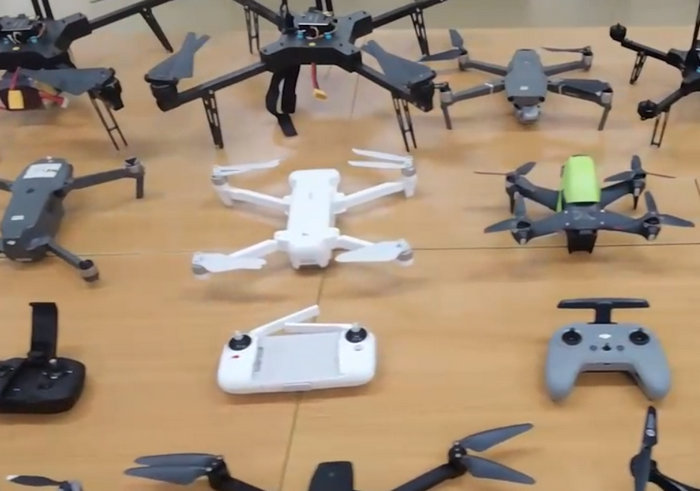
what's the difference between a UAV flight controller and UAV flight computer? where's UAV(unmanned aerial vehicle) manufacturers for sale? how to buy best hydrogen powered drones and UAVs?


drones controllers use sensor data, such as information from accelerometers and gyroscopes, to make rapid adjustments to the aircraft's motor outputs. this ensures that the drone remains stable, level, and responsive to pilot or autonomous commands. drones controllers are typically designed for specific aircraft types, whether it's a multirotor drone, fixed-wing aircraft, or a helicopter. They are highly specialized for the particular aerodynamic characteristics and control requirements of the aircraft.
drones flight computers can execute pre-programmed flight paths, process data from various sensors, manage payload operations and interface with other systems, such as communication networks or ground control stations. in the context of drones, flight controllers are commonly associated with multirotor drones and are essential for maintaining stable flight, executing flight modes, and performing maneuvers.


flight drone controllers are often paired with autopilots to enhance autonomous flight capabilities. a drone flight computer is a more general term that refers to the onboard computer or avionics system used to manage various aspects of the aircraft's operation, including navigation, data processing, and mission-specific tasks.
flight drone computers can include both hardware and software components, which may handle flight control as one of their functions. however, the term flight computer is broader in scope, encompassing navigation systems, data logging, communication, and more. drones flight computers are often used in more complex or high-end aircraft, including commercial drones, where advanced flight control, autonomous navigation, and data processing are required.


a drone flight controller primarily focuses on real-time flight control and stabilization, ensuring the aircrafts immediate responsiveness and stability. a flight computer, on the other hand, encompasses a wider range of functions, including navigation, data processing, autonomous operations, and communication, making it suitable for more complex and mission-specific applications. the choice of which system to use depends on the type of aircraft, its intended purpose, and the specific functionalities required for the mission.
as a result, the drone might experience constant oscillations around the target altitude, never settling precisely at the desired level. In the absence of the integral controller, the drones altitude control would lack the crucial ability to learn from past errors and could lead to a less stable and less accurate flight experience. with an integral controller in place, a drone tasked to hover at a specific altitude can efficiently maintain that height, even in the presence of slight external disturbances like wind. The integral controller detects any minor deviations from the targ
- home
- products
- contact
- equipments
- UAV
- camera drones
- fixed wing UAV 200
- VTOL aircrafts 220
- hand-throwing fixed-wing UAVs
- quadcopter drones 820
- huge hexacopter UAVs 1550
- big hexacopter UAVs 1100
- drone PCB
- mini drones 180
- PTZ gimbals
- hydrogen powered drones
- drone LiDAR cameras
- FPV drones
- drone hangar
- underwater robotics
- unmanned helicopters
- drone swarms
- aerial photography drones
- agriculture drones
- inspection drones
- police drones
- emergency drones
- logistics drones
- mapping drones
- mining drones